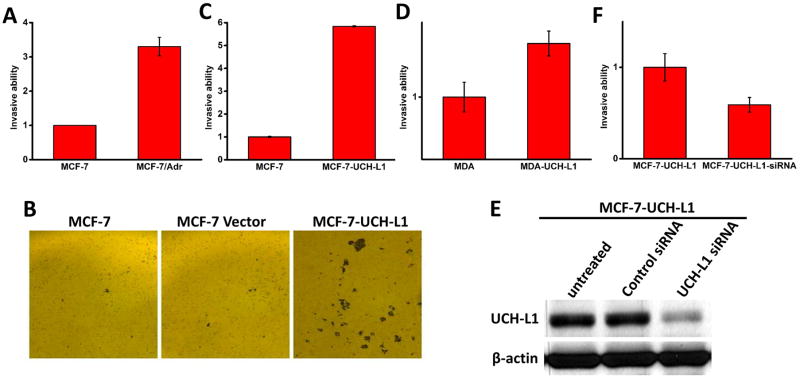Figure 2. Expression of UCH-L1 is positively correlated with cancer cell invasion.
Matrigel invasion assay was performed and invaded cells were fluorescently labelled with Calcein AM dye. Normalized fluorescent intensity showed that MCF-7/Adr cells displayed higher invasiveness than MCF-7 cells (A). Similarly, overexpression of UCH-L1 led to enhancement of invasion in both MCF-7 (B, C) and MDA-MB-468 (D) cells. Since there is possibility that long term antibiotic selection might cause alterations of other genes that potentially contribute to cell invasion, MCF-7-UCH-L1 cells were acutely transfected siRNA against UCH-L1. Western blotting analysis showed that siRNA treatment can effectively knockdown expression of UCH-L1 (E) and inhibit cell invasion as compared to the cells treated with scramble siRNA as a control. Data presented as Mean ± SD, n = 3 independent experiments. * p<0.05, ** p<0.01.

